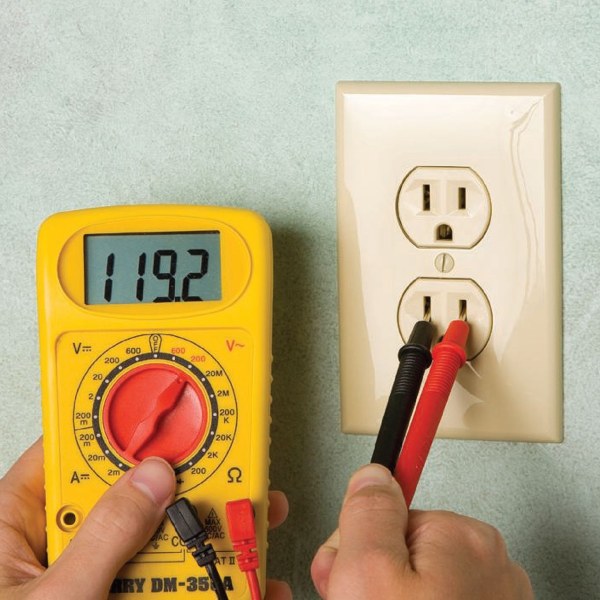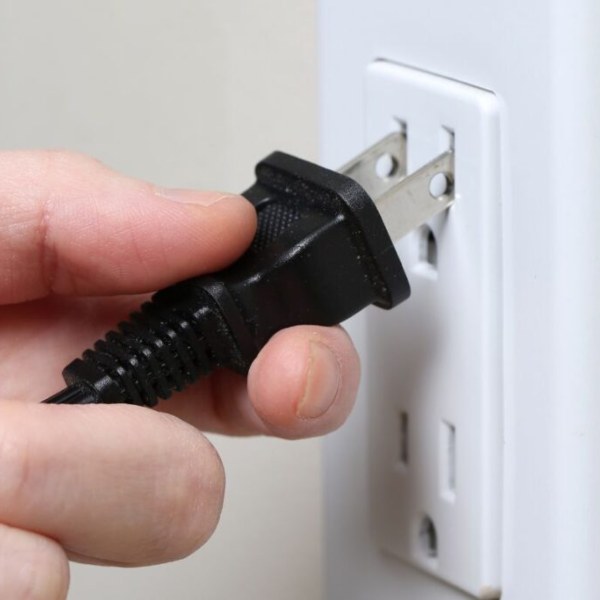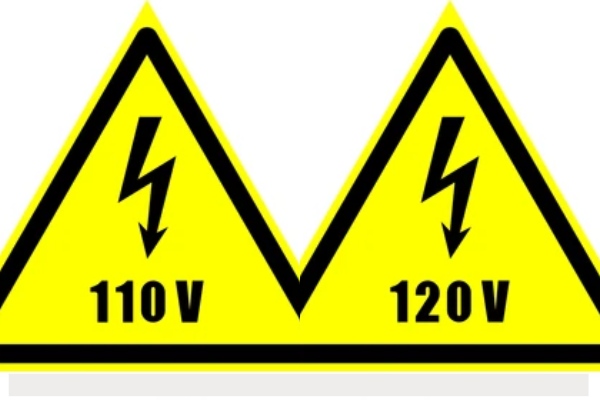You may find terms like ‘110 volts’ or ‘120 volts’ when talking about electricity. Each of these numbers represents a voltage level, in which various appliances can be powered safely and effectively. Moreover, due to differences in standards and infrastructures around the world, utility companies supply electricity within specific voltage ranges.
What is Volt?
A volt is the unit used to measure electrical potential, difference of potential, and electromotive force. It is the electrical energy available to drive current through a conductor per unit charge. One volt is defined as the potential difference required to transfer one coulomb of electric charge with a resistance of one ohm or do one joule of work per coulomb of charge. In short, volts measure the “force” that moves electrical current through a circuit.
110 Volts transition to 120 volts

Historically, 110 volts had been the standard voltage applied in most homes, especially in those with older electrical installations. This voltage had been chosen because, back then, it was sufficient to cover all electrical requirements. It is still applicable in some outdated appliances or places where the old standard is still used. Eventually, however, people wanted those lights to be a little brighter, so increasing the utility voltage became quite common. In the United States, streetlights run at a standard voltage of 120V.
In the late 20th century, a few places made a standard voltage change from 110 volts to 120 volts. This was done to make good use of electricity economically and to ensure that machines work well on a more consistent power. Likely, the 120 volts provide more power to make appliances safer and more effective in their use.
Impact on Appliances
This increase in voltage from 110 to 120 volts has grossly affected the appliance. Most modern appliances are designed to regulate within the range of 110V to 120V, and so they adjust without a problem. This adjustment will ensure their performance and that they will last long. On the other hand, the older appliances were developed and built to run with 110 volts. This could cause them to have problems with compatibility in that they will either experience more wear and tear or just plain overheating, thus destroying themselves from the excess voltage.
So, always check the voltage ratings that are on your older appliances to avoid glitches. If you are not sure they could handle 120 volts, for safety, use a voltage converter or adapter.

What is the difference between 110 and 120 volts?
Even though they have distinct labels, there is typically little difference in voltage between 110 volts and 120 volts. Most electrical devices and appliances are designed to safely operate within a voltage range. Therefore, on average, a device rated at 110 volts can normally function safely up to about 120 volts, while a device rated at 120 volts can manage the voltage range from 110 to 124 volts.
Conclusion
In summary, While both 110 volts and 120 volts represent different voltage measures, for all practical purposes there isn’t much of a difference between the two. Most modern appliances are designed to support a range of voltages that includes both of those voltages, which will allow safe and efficient working. The change to 120 volts was due to catch up with the uniform measures and a better way of supplying power more efficiently. Since most of the appliances were older and designed to run on 110 volts, there could be some kind of incompatibility problem with the running appliances because of this lower voltage. This means that the voltage ratings on older appliances have to be checked and their voltage converted if need be, to prevent any damage from occurring.
Also read, The Ins and Outs of HVAC: A Guide to Home Ventilation Systems
Frequently Asked Questions
1. Is 110 Volts the same as 120 Volts?
No, Even though they have distinct labels, there is typically little difference in voltage between 110 volts and 120 volts.
2. Can I use a 110V device in a 120v outlets?
Most modern appliances can handle 110V to 120V without issues. However, older appliances designed for 110 volts may face compatibility problems, leading to more wear and tear or overheating due to the higher voltage.
3. Why did the standard change from 110V to 120V?
Historically, 110 volts had been the standard voltage applied in most homes, but people wanted those lights to be a little brighter. So increasing the utility voltage became quite common. In the United States, streetlights run at a standard voltage of 120V.
